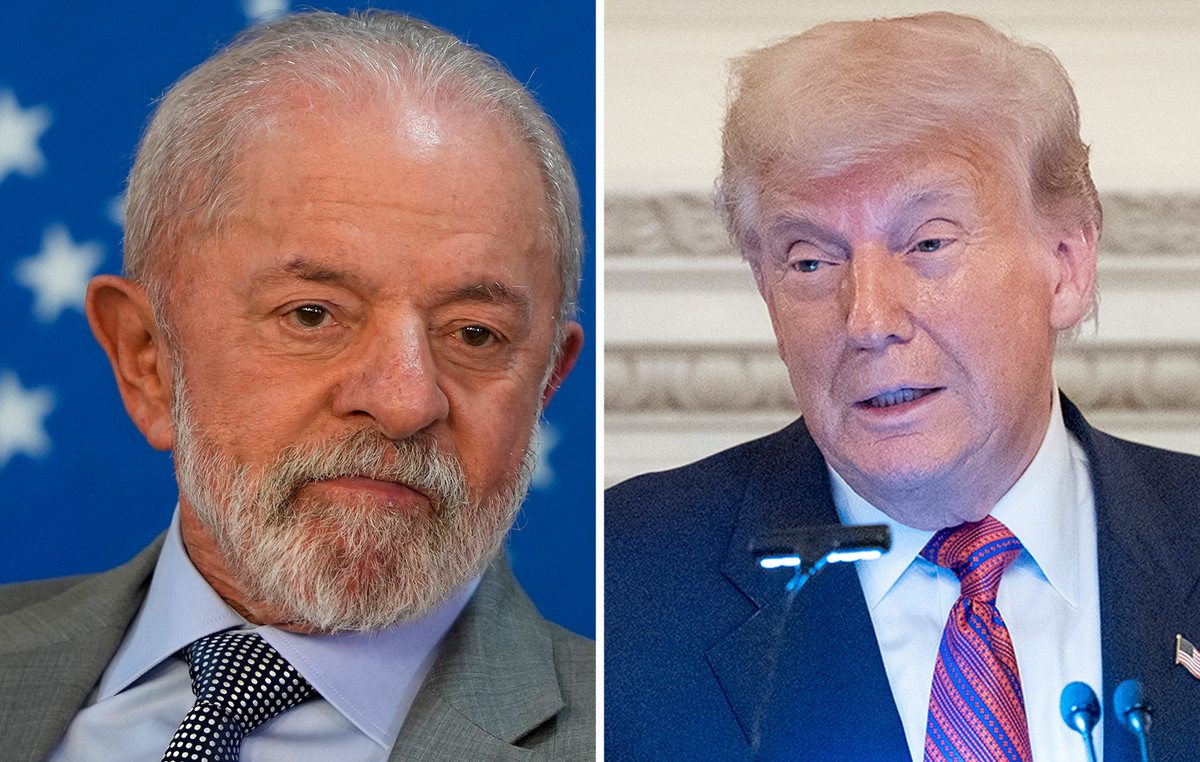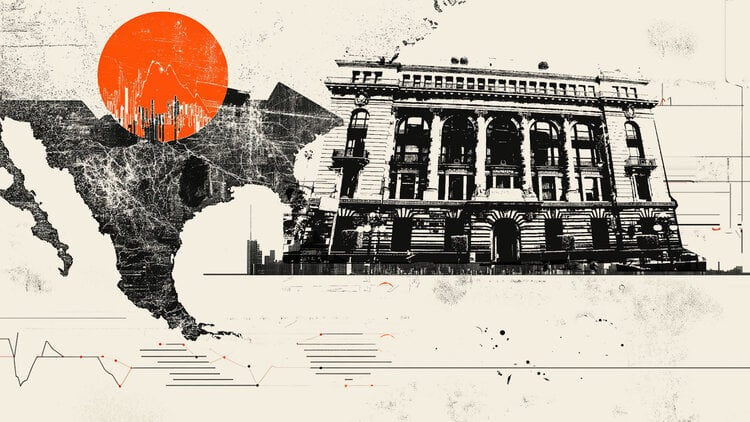The United States presidential elections, which have Vice President Kamala Harris as the Democratic Party candidate and former President Donald Trump as the Republican Party representative, take place on November 5th – in less than a week.
Unlike Brazil, where the first round of the presidential election always takes place on the first Sunday of October, voting in the United States falls on a working day: a Tuesday, at the beginning of November.
According to a law passed by the US Congress in 1845, in the 19th century, the American presidential election always takes place on the first Tuesday after the first Monday in November.
The choice of date depends on the culture, religious practices and agricultural activity of the time in which the law was created.
As most Americans of the period were farmers, the electoral calendar was reconciled with the harvest calendar. The month of November was chosen because it marks the end of autumn in the United States.
Leandro Consentino, political scientist and professor at Insper, points out that “after the harvest, there was more time to carry out political activities and think about social issues”.
And why Tuesday?
Fernanda Magnotta, professor of International Relations at FAAP and International analyst at CNN explains: “At the time the model was established, in the 19th century, the idea was that Sunday was a day of rest. Therefore, it was necessary to have enough time to travel to the place where the election would take place”, given the difficulties in getting around during that period.
Consentino adds that the weekend was often reserved for religious activities.
Currently, due to changes in the structure of American society, discussions have arisen about moving Election Day to the weekend or about the possibility of making Election Day a national holiday. Critics argue that the fact that Tuesday is a working day could make it difficult for a portion of the electorate to attend the polling place – especially the working class.
However, due to the different types of voting available (which vary from state to state), ranging from paper ballots (filled out by hand or scanned), electronic voting machines, voting by mail and even in-person early voting, the debates were softened.
It is also worth noting that November 5th is the last day to vote, and not the only one.
Learn more about the US electoral process
The candidates for this American presidential election are Kamala Harris, from the Democratic Party, whose vice-president is the governor of Minnesota, Tim Walz, and Donald Trump, from the Republican Party, whose vice-president from Ohio is JD Vance.
Voting in the country is not national but statewide – therefore, what counts is victory in the states –, in addition to not being mandatory.
To understand better, remember that in the United States, the winner of each state’s election receives all of the votes from the Electoral College delegates, a system known as “winner takes all” (or winner takes allin English). This number varies from state to state, according to the number of deputies – which changes based on the demographic census. In total, there are 538 votes and, therefore, to win a candidate needs to obtain 270 (half + 1) delegates.
The only two states that split the number of delegates for the candidates are Maine and Nebraska.
The election is indirect and takes place in a few stages.
In other words, instead of the population voting directly for the candidate they want to elect for the Presidency, as in Brazil, Americans vote for the presidential candidate and, based on this, the Electoral College is the one who actually elects the candidate.
Between January and July, the preliminary stages, known as primaries and caucuses, and the elections of candidates within the parties themselves take place.
On the first Tuesday after the first Monday in November, the population votes.
Delegates meet in their state capitals in December and formally vote on candidates for president and vice president.
Votes are sent to Congress for official counting in January and the president-elect takes office on January 20.
In addition to the president, in these elections the following will be voted on: 34 seats in the Senate (⅓), all 435 seats in the House of Representatives, several state governors and several state referendums – including abortion issues.
*Under the supervision of Mariana Catacci
This content was originally published in Understand why the US elections take place on a Tuesday on the CNN Brasil website.
Source: CNN Brasil
Bruce Belcher is a seasoned author with over 5 years of experience in world news. He writes for online news websites and provides in-depth analysis on the world stock market. Bruce is known for his insightful perspectives and commitment to keeping the public informed.







